National Gallery of Victoria acquires design by Marion Mahony Griffin
A stained-glass window from a now destroyed church in Chicago is a rare example of work attributed solely to architect Marion Mahony Griffin.
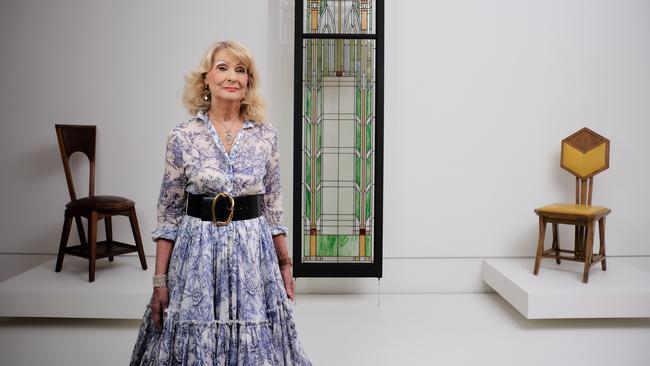
Melbourne philanthropist Krystyna Campbell-Pretty moved fast last year when she learned that a rare stained-glass window from a church designed by American architect Marion Mahony Griffin in 1903 was coming up for sale.
Campbell-Pretty, a trustee of the National Gallery of Victoria, and who has a long history of supporting gallery acquisitions, particularly of works by women, knew it was interested in expanding its collection of American design from the early 20th century.
Confined to her home during pandemic lockdowns, she had already been collecting stained-glass windows from buildings designed by Frank Lloyd Wright who employed both Marion Mahony and her future husband, Walter Burley Griffin, in his Chicago studio.
The chance to buy a piece by Chicago-born Mahony Griffin – who went on to play a key role in Griffin’s design for Canberra years later – was a rare event.
With the approval of NGV director Tony Ellwood, Campbell-Pretty rang the small dealer who was planning to sell the window at auction, and negotiated to buy it beforehand, heading off potential bids by major US galleries.
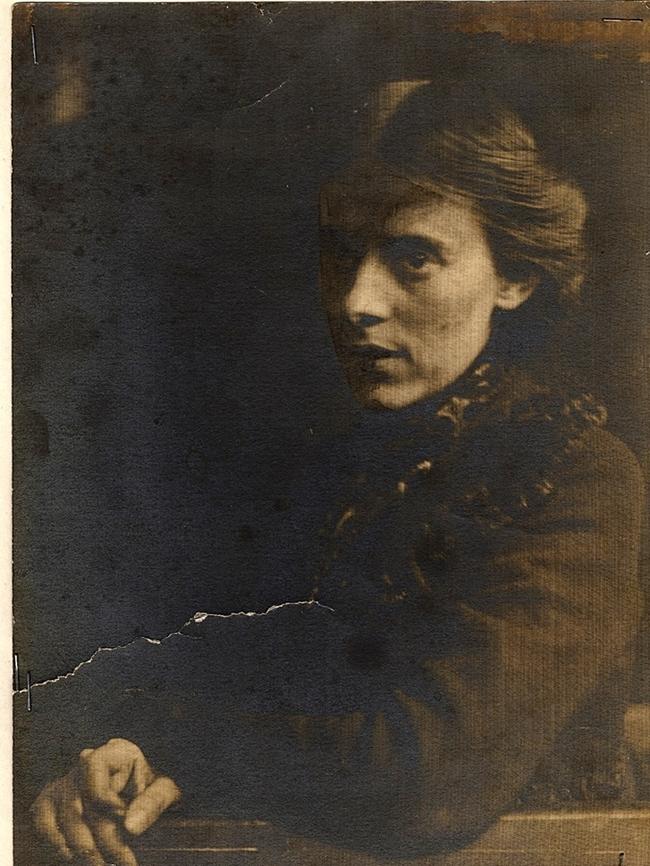
The piece has gone on display at the NGV, placed with pieces from Café Australia – designed by the Griffins for wartime Melbourne in 1916 – and from houses designed by Wright in the US.
The design for All Souls Unitarian Church in Evanston, a suburb of Chicago, was Mahony Griffin’s first independent commission, completed when she was working for Wright. The church was demolished in 1961 to make way for a carpark, but some pieces were salvaged.
Campbell-Pretty, who keeps a keen eye on work coming up for sale that would be a good fit for the NGV’s collection, is delighted with the acquisition. “The window is very beautiful,” she says. “It’s a really important piece.”
“We were very lucky. You rarely get a chance to buy anything by Marion. Another window from the church went to auction the year before. We didn’t know about it, and it was bought by the Art Institute of Chicago, which also has a hanging light from the church.”
Marion Mahony’s career has been overshadowed by the attention given her husband. She worked for Wright for more than a decade, from 1895 to about 1910, while Griffin, who was five years younger than Marion, worked for him from 1901 to early 1906.
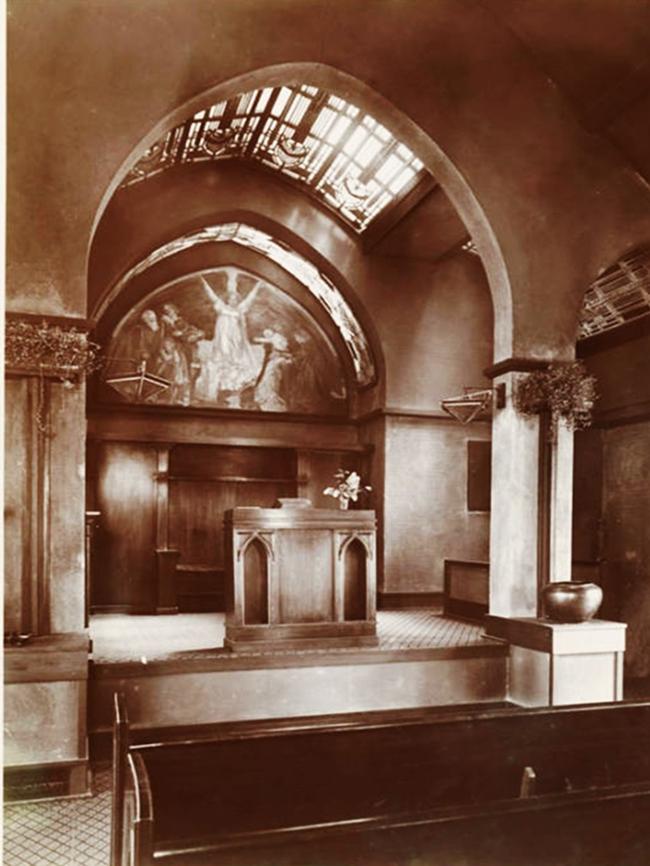
She was closely involved with Griffin’s design plans for Canberra. Her exquisite rendering of their vision of a city – with plenty of parklands and a central lake, nestled into the hills, with a style inspired by the prints Wright brought back from Japan – won the attention of the judges.
Interest in her achievements as an architect, artist and community creator in the Sydney suburb of Castlecrag has been growing in both the US and Australia. The National Archives hosted an exhibition of her work last year.
A pioneer in her day, Mahony Griffin was the second woman to complete a four-year degree in architecture at the Massachusetts Institute of Technology in 1894 and the first to become a licensed architect in Illinois in 1898. At a time when female architects were almost unheard of, Mahony started her working career with her cousin, Chicago architect Dwight Perkins. She moved on to work for Frank Lloyd Wright, part of the circle of modern architects in Chicago passionate about creating an American style of architecture with a strong connection to the environment – a style that became known as the Prairie School.
Campbell-Pretty became interested in architecture through her first husband, who studied architecture at the University of Melbourne, site of the Griffin-designed Newman College. The purchase of a rare piece by Mahony Griffin, whose work was largely done in conjunction with Wright in her early career or with Griffin after they married in 1911, fitted the NGV’s strategy. It matched her own interest in Wright and her passion for supporting women artists and designers.
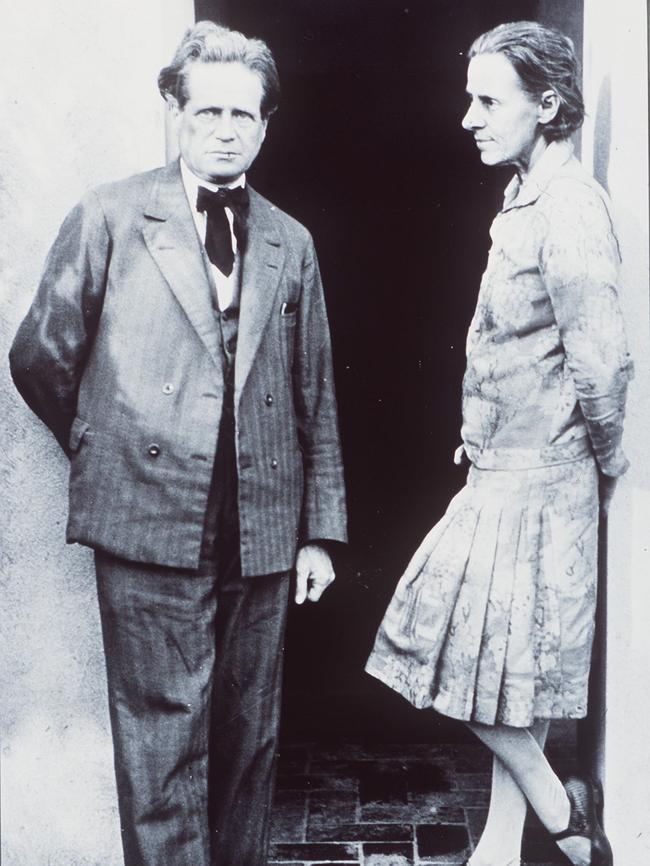
“I am a fan of Frank Lloyd Wright and I like supporting female artists when I can,” says Campbell-Pretty, who is one of the NGV’s largest donors, having supported the acquisition of more than 580 works including fashion, textiles, design and paintings.
Wright and Mahony Griffin shared an interest in the arts and crafts style, and attended the first meeting of the Arts and Crafts Society in Chicago in 1897. Stained glass is a feature of the style and Wright used it extensively in his early work.
Mahony Griffin was commissioned to design All Souls by the minister at her local Unitarian church. Her church made extensive use of stained-glass windows and allowed the light to stream in.
“It is hard to describe the lovely effects obtained by the proper use of coloured glass,” Mahony Griffin wrote in her unpublished book, Magic of America. “The subdivision of glass in the windows and doors often goes a long way towards giving a home that feeling of domesticity.”
She rejected the flowery designs of Tiffany stained glass, preferring geometric designs inspired by nature including sumac grass, which looks like wheat.
“We should not … attempt to paint pictures with coloured glass, but should use geometric motifs or purely decorative forms,” she said.
The Griffins moved to Australia in 1914 and spent more than a decade living in Melbourne, at the time Australia’s capital city.
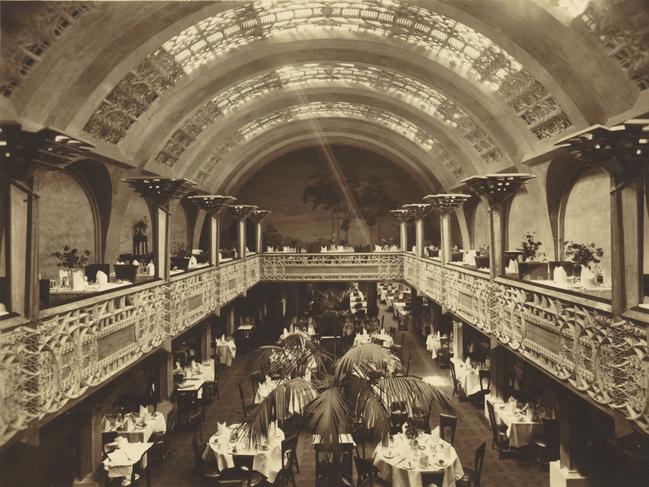
While Griffin worked at his job overseeing the development of the new capital at Canberra, until he was forced out in 1920, the couple also worked on projects in Melbourne including Café Australia, Newman College and the Capitol Theatre, before moving to Sydney to develop an “ideal suburb” in Castlecrag around 1925.
Mahony Griffin’s stained glass for All Souls – in rich prairie colours of red, green and yellow – has strong overtones of the stained-glass windows that feature in buildings designed in Wright’s Oak Park studio at about the same time, particularly the house built for wealthy widow Susan Lawrence Dana in Springfield, the state capital of Illinois.
Amanda Dunsmore, NGV senior curator of international decorative arts, says the window is a significant piece, as the church is the only work specifically attributed to Marion Mahony Griffin.
“The window was produced at a time when she was working in Wright’s office and there are clearly very strong influences and inspirations between the two of them. Who influenced who is a fascinating question and one we will never be really able to answer fully. It is clear there are design references between their work in this period.”
Campbell-Pretty has just bought a chair and a large vase originally from Wright’s Dana-Thomas House in Springfield, which will go on display at the NGV with the Griffin and Wright works later in the year. Together, they represent a body of work that links Australia to the arts and crafts movement and the Prairie School in the US, highlighting the connecting role of Mahony Griffin.
Glenda Korporaal is the author of Making Magic: The Marion Mahony Griffin Story. She will address the Frank Lloyd Wright Conservancy on Mahony Griffin’s relationship with Wright in Minneapolis in September.


To join the conversation, please log in. Don't have an account? Register
Join the conversation, you are commenting as Logout